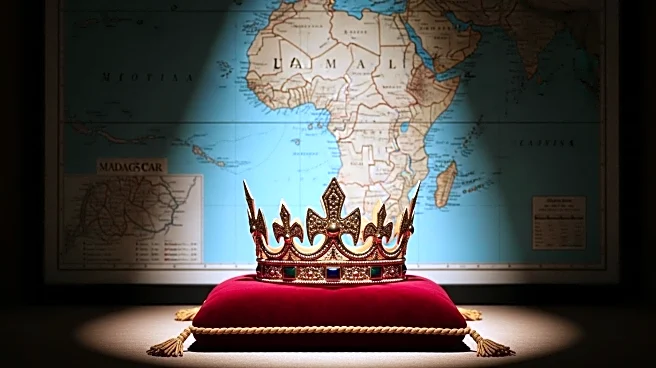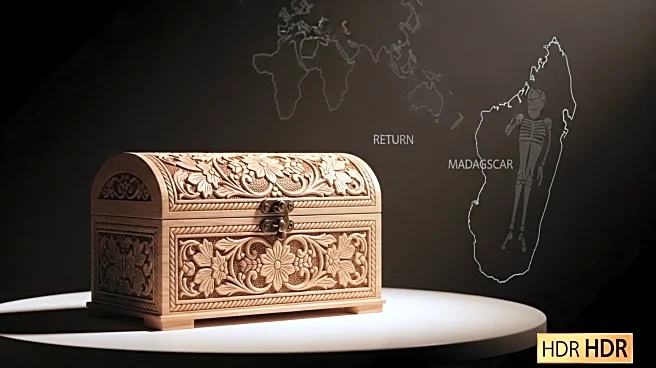What's Happening?
A recent letter to the editor argues that removing statues does not erase history but rather reflects a shift in societal values. The letter suggests that statues serve more as symbols of glorification rather than educational tools. The removal of statues, according to the letter, indicates a community's evolving understanding and rejection of past injustices. The author, Claudia Beresford, emphasizes that history should be taught through museums, books, and educational institutions rather than through public monuments, which often serve as propaganda.
Why It's Important?
The debate over statue removal is part of a broader conversation about how societies remember and interpret their histories. This discussion has significant implications for public policy, cultural heritage, and education. As communities reassess which historical figures deserve public commemoration, they confront complex questions about identity, values, and the legacy of past actions. The outcome of these debates can influence how history is taught and understood, potentially leading to more inclusive and accurate representations of the past.
Beyond the Headlines
The removal of statues can also spark discussions about the role of public spaces in reflecting contemporary values and the importance of acknowledging historical injustices. This process may lead to increased efforts to diversify the figures and events commemorated in public monuments, ensuring that a wider range of perspectives and contributions are recognized. Additionally, the debate highlights the tension between preserving historical artifacts and addressing the harm caused by their continued presence.











